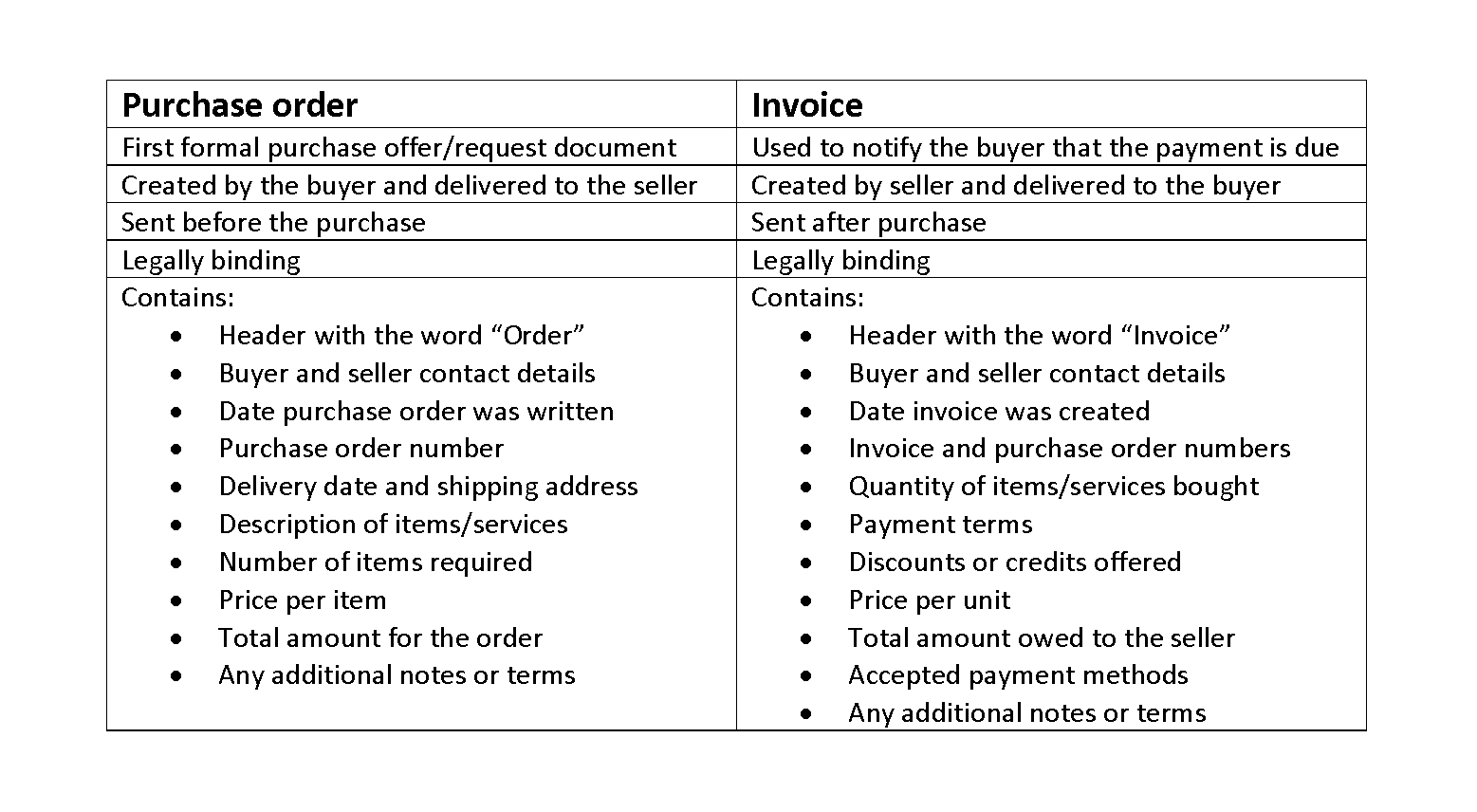Alcoholic Ketoacidosis: Warning Signs and Treatments
December 21, 2020Debt Premium: How to Account for and Amortize Debt Issued at a Premium
February 5, 2021
Accountants also use the term “accrual” or state that they must “accrue” when discussing revenues that fit the first scenario. Further the company has the right to the interest earned and will need to list that as an asset on its balance sheet. Misapplication of depreciation and amortization methods can also lead to significant errors. Choosing an inappropriate method or failing https://www.bookstime.com/ to update the useful life of an asset can result in incorrect expense allocation.
Deferral of Expenses
Therefore, at the end of an accounting period wherein an asset is depreciated, the total amount of accumulated depreciation on your balance sheet changes. When the exact value of an item cannot be easily identified, accountants must make estimates, which are also considered adjusting journal entries. Taking into account the estimates for non-cash items, a company can better track all of its revenues and expenses, and the financial statements reflect a more accurate financial picture of the company.
Bookkeeping Tips to Simplify Small Business Financials
- An adjusting journal entry is typically made just prior to issuing a company’s financial statements.
- The adjusting entry would have a debit (decrease) to unearned revenue and a credit (increase) to revenue of the same amount.
- This allocation matches expenses with the periods in which the economic benefits are consumed.
- Double Entry Bookkeeping is here to provide you with free online information to help you learn and understand bookkeeping and introductory accounting.
- With the above principles and assumptions out of the way, let’s take a look at some of the reasons why we need to record adjusting entries.
Such income summary expenses are recorded by making an adjusting entry at the end of the accounting period. Adjusted trial balance is not a part of financial statements; rather, it is a statement or source document for internal use. It is mostly helpful in situations where financial statements are manually prepared. If the organization is using some kind of accounting software, the bookkeeper or accountant just needs to pass the journal entries (including adjusting entries). The software automatically adjusts and updates the relevant ledger accounts and generates financial statements for the use of various stakeholders.
Pro Forma Cash Flow Statement: A Comprehensive Guide

Even though you’re paid now, you need to make sure the revenue is recorded in the month you perform the service and actually incur the prepaid expenses. Making adjusting entries is a way to stick to the matching principle—a principle in accounting that says expenses should be recorded in the same accounting period as revenue related to that expense. For example, going back to the example above, say your customer called after getting the bill and asked for a 5% discount.
- One of the most frequent errors occurs when businesses fail to record revenue earned or expenses incurred during the period.
- This is an operating expense resulting from making sales on credit and not collecting the customers’ entire accounts receivable balances.
- The stock of goods may be destroyed which leads to a decrease in gross and net profit of the firm.
- In February, you record the money you’ll need to pay the contractor as an accrued expense, debiting your labor expenses account.
- Your financial statements will be inaccurate—which is bad news, since you need financial statements to make informed business decisions and accurately file taxes.
- Marketing Consulting Service Inc. adjusts its ledger accounts at the end of each month.
Without proper adjustments, your financial reports might show misleading profits, inaccurate asset values, or understated liabilities—potentially leading to poor business decisions. Adjusting entries are specialized journal entries made at the end of an accounting period to record transactions that have occurred but haven’t yet been recognized in your books. Think of them as the final touch-ups that ensure your financial portrait is complete and accurate before presenting it to stakeholders. If such adjustments in preparation of financial statements are missed then the numbers shown by the business in their final accounts will not be accurate and true. When a non-current asset is sold, the cost and accumulated depreciation relating to the asset are transferred out of the accounts to a disposal account.
The revenue earned during the month has been transferred from the unearned revenue account to the revenue account. The amount of bad debts are usually estimated by applying a percentage that is determined from bad debt history. Even though you could specifically identify each customer accounts that are uncollectible, doing so could take a lot of time which is the reason why estimating bad debts is the more practical approach. Following the straight-line depreciation method, the company would need to record $4,000 of depreciation expense each year over the equipment’s useful life. Typically, the company’s accountant or bookkeeper will handle adjusting entries as part of their period-close duties. However, there needs to be an adjustment made at the end of the quarter to reflect the rent expense that was actually used over that period, supporting the matching principle.
Accounting Services
Revenues are deferred to a balance sheet liability account until they are earned in a later period. When the revenues are earned they will be moved from the balance sheet account to revenues on the income statement. Equipment is a noncurrent or long-term asset account which reports the cost of the equipment.
Since you haven’t earned this revenue, you initially record it as a liability. Accrued expenses are costs your business has incurred but hasn’t yet paid or recorded in the books. These typically include utilities, rent, or salaries that span accounting periods.

How Adjusting Entries Affect Financial Statements

One frequent mistake in adjusting entries is the failure to recognize accrued expenses. Businesses adjustments in accounting examples often overlook expenses that have been incurred but not yet paid, such as utilities or wages. This oversight can lead to an understatement of liabilities and expenses, distorting the financial statements. For instance, if a company forgets to record accrued wages at the end of the period, the expense will be understated, and net income will appear higher than it actually is.
